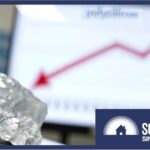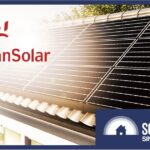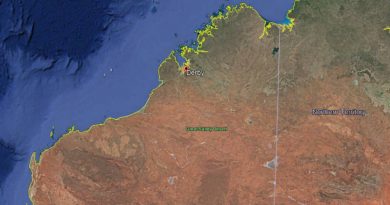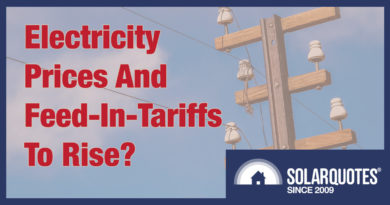Tough Times Continue For Solar Polysilicon Producers
![]()
![]()
The price of polysilicon can be an indicator of which way solar panel prices will head. So, how did one of the world’s largest polysilicon producers fare during Q3?
Solar polysilicon – a very pure form of silicon – is a key material in the manufacturing of cells for solar panels. One of the most prolific producers is China’s Daqo New Energy.
Last week Daqo announced its unaudited financial results for the third quarter of 2024, and they were looking pretty grim from a manufacturer’s viewpoint. Some highlights:
- Production volume was 43,592 MT in Q3 2024, compared to 64,961 MT in Q2 2024.
- Sales volume was 42,101 MT in Q3, compared to 43,082 MT in Q2.
- Revenues were USD $198.5 million, compared to $219.9 million in the second quarter of 2024 and $484.8 million in the third quarter of 2023.
- Average total production cost was $6.61/kg in Q3 compared to $6.19/kg in Q2, and $6.52/kg in Q3 2023.
- Average selling price was $4.69/kg in Q3, compared to $5.12/kg in Q2 and $7.68/kg in Q3 2023.
Ouch. And looking back even further, Daqo’s polysilicon average selling price was $36.44/kg in Q3 2022, while average production costs were $6.82/kg. Revenue for that quarter was $1,219.7 million.
![]()
![]()
“Challenging” Market Conditions
Commenting on Q3, Daqo New Energy CEO Xiang Xu said China’s solar industry market conditions remained challenging, which is probably quite an understatement. The situation is largely thanks to over-supply of polysilicon and panels that has led to competition being even more cut-throat during the last year or so than prior.
One of the challenges of a race to the bottom on pricing is you might win.
“Market selling prices continued to be below production costs for the majority of industry players throughout the entire value-chain,” he said.
During Q3, Daqo used market conditions as an opportunity to carry out maintenance of its facilities and adjusted its production utilization rate to 50%. Due to the situation, Daqo expects its Q4 2024 total polysilicon production volume to be approximately 31,000 MT to 34,000 MT and full year 2024 production volume to be in the range of 200,000 MT to 210,000 MT.
Rock-bottom polysilicon and panel pricing can’t go on forever – and there has been some action on that front. Mr. Xu said that the China Photovoltaic Industry Association (CPIA) convened a special conference in mid-October that was attended by senior executives from major solar manufacturers, “calling to strengthen self-discipline and reduce unbridled competition”.
“… we believe this is a positive signal toward market consolidation with higher-cost and inefficient manufacturers gradually phasing out capacity and exiting the business,” he said.
Also in October, CPIA announced a “reference price” of RMB 0.68/W for modules, setting a floor for winning bids. In Australian dollars, it’s around just 14c a watt at current exchange rates and still peanuts. That’s wholesale, but some of the retail pricing estimates on SolarQuotes’ solar panel comparison table is jaw-dropping. For example, there are good quality 440-Watt solar panels retailing in Australia for around $150 as part of a system. My first panel was a 100-Watt module that I paid $1,000 for back in 2008.
As for the bigger and current polysilicon picture, Bernreuter reports that to the week ending October 30, pricing continued to be flat after picking up a little during August. The global price average was US$6.04/kg, with any uptick coming from exchange rate fluctuations.
A Good Time To Go Solar
It’s always a good time to get a solar power system installed given high mains grid electricity rates. But it’s a particularly good time at the moment.
While manufacturers are doing it tough, it’s an ill wind that blows nobody any good as they say and consumers are the winners for now, with low solar power system pricing. But before you dive in and sign the dotted line for a system, check out SQ founder Finn’s popular Solar 101 guide; which has everything you need to know before buying solar – and in plain English.
Original Source: https://www.solarquotes.com.au/blog/solar-polysilicon-prices-mb3045/









